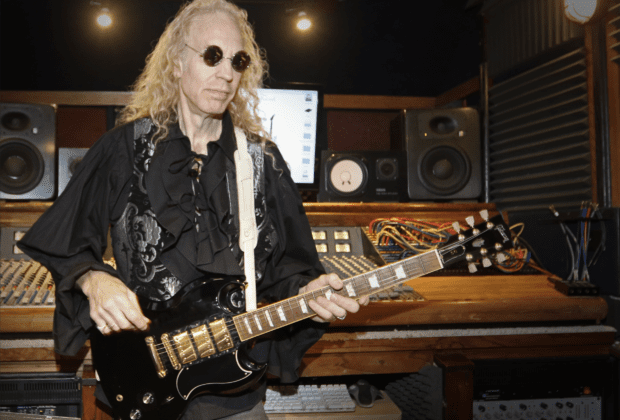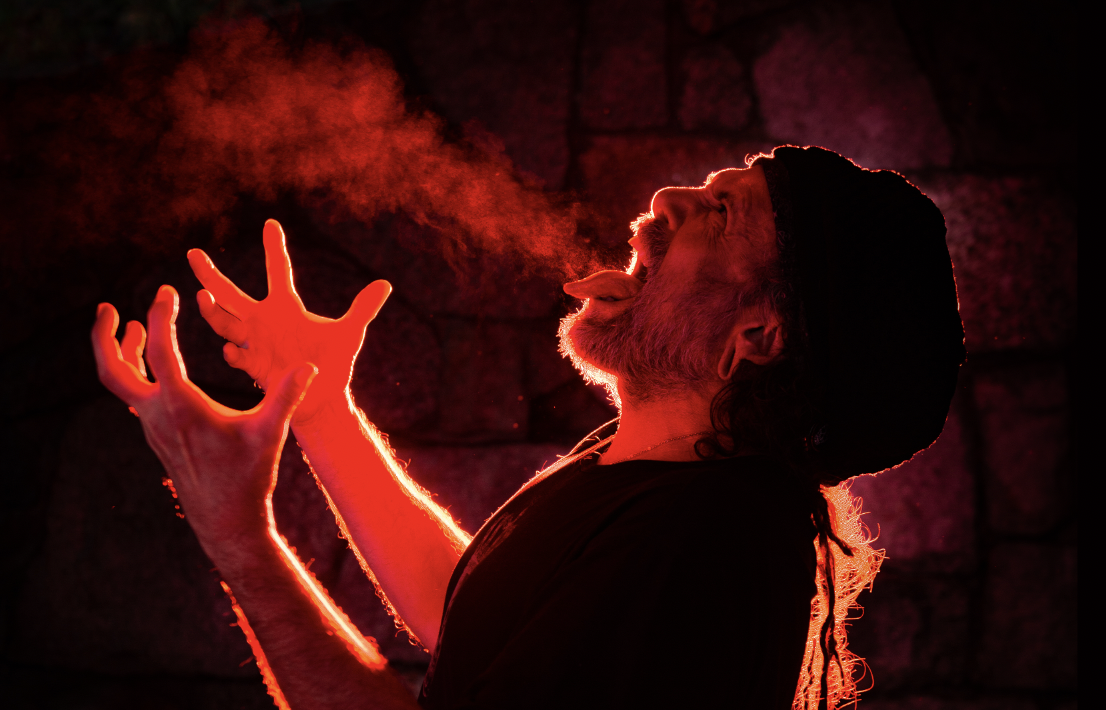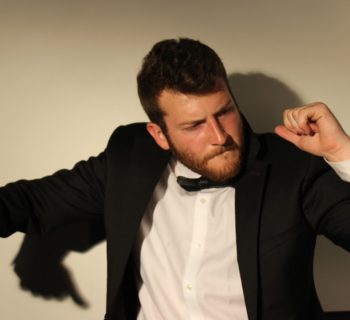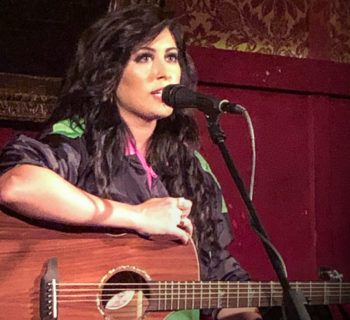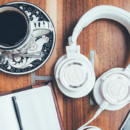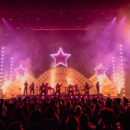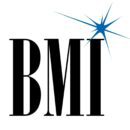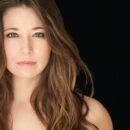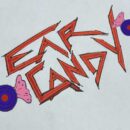By Brian Tarquin
I have always had a special spot in my heart for military veterans. I feel they have always been forgotten in our world and taken for granted. I remember seeing homeless Vietnam veterans living in the subway and streets of New York City where I grew up in the ‘60s and ‘70s. It was a disgraceful site because at that time no one seemed to care about veterans. My father was a World War II veteran serving in the South Pacific from 1943-1946 along with millions of other soldiers.
He told many stories of his comradery with his fellow marines and how they all looked forward to the G.I. Bill. So, during college back in the ‘80s I joined the ROTC (Reserve Officers’ Training Corps), serving a short stint in the military and doing basic training at Fort Knox. Even though I didn’t stay in the service, it had a deep impact on me to respect the men and woman who serve.
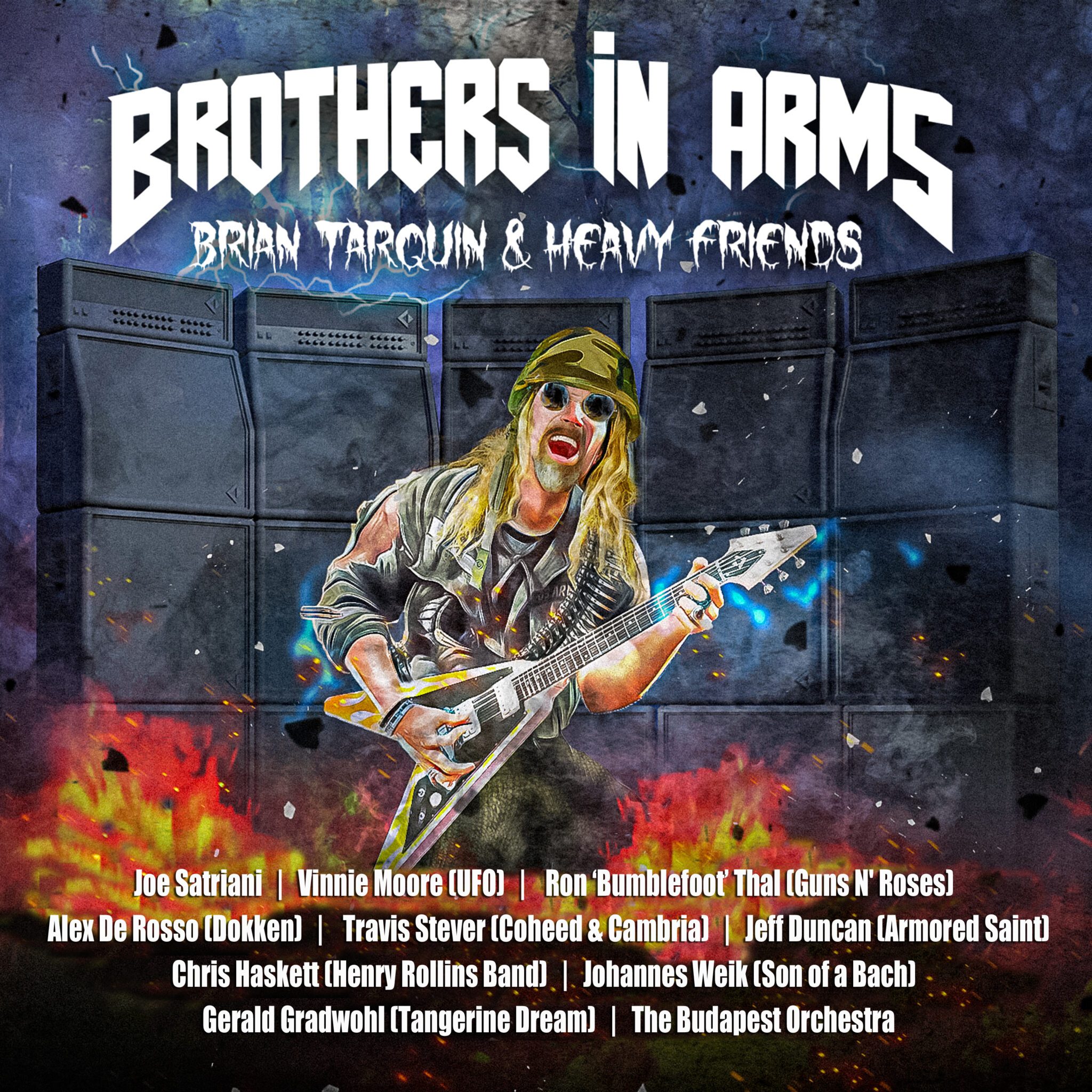
As for veterans’ needs, some of issues today are issues that have always plagued veterans as post-traumatic stress disorder, depression, anxiety, substance abuse, and health issues. Homelessness is one of the end results of some of these issues and is heart breaking because these men and woman have put their lives on the line to keep us all safe at home. Hence, I wanted to draw as much attention as I could to veteran problems and what better way than through music. I did a lot of research to find very reliable charities ultimately deciding on the Fisher House Foundation and Hope For The Warriors.
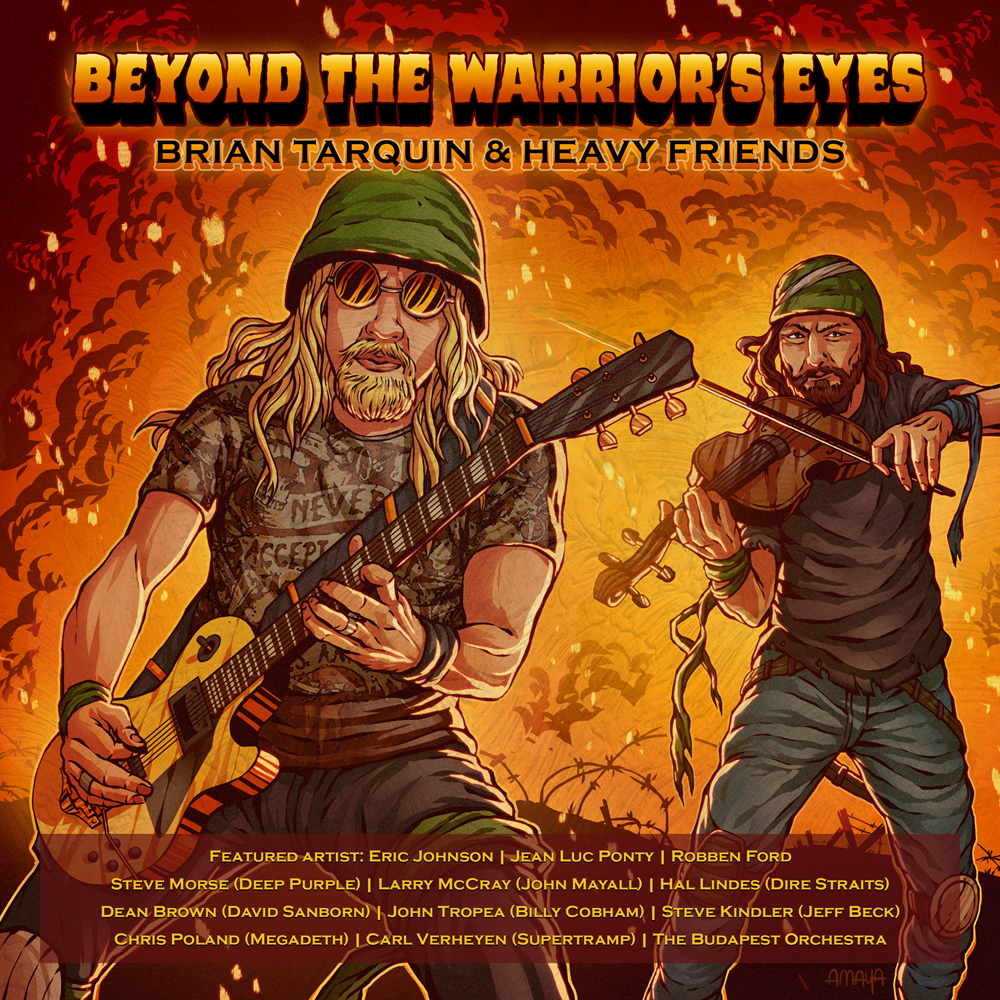
Larry Coryell once told me in the studio that “we as musicians have to do as much as we can through our music to make people aware of social issues.” I hope that people can let their emotions take them to inner peace and happiness. I consider myself to have been very fortunate in life to have found music at an early age. I found that no matter what changing moods I have gone through in life, music has been the great equalizer. No matter if it is pain, happiness, sadness, anguish, exhilaration, love, music has played a key role in helping me cope and keep well adjusted. So, what better way to show appreciation to veterans, than through music.
Charities
I have produced a number of these charitable releases and it is not an easy undertaking. There is a lot of planning and coordination that goes into these albums in order for them to be successful. My two recent releases Brothers In Arms (2023) and Beyond the Warrior’s Eyes (2024) were recorded over the Pandemic. Because of that there wasn’t a lot of personal interaction with the guests as everyone was on lock down. Also, there is a certain amount of vetting and research I have to do in order to choose the right players and compositions.
So, for Beyond The Warrior’s Eyes, I chose to support the charity, Hope For The Warriors, who provide medical care, mental health counseling, professional training and education, physical conditioning and transition services for wounded, ill, and injured Marines and Navy members. Hope For The Warriors was founded by military families aboard Marine Corps Base Camp Lejeune, NC in 2006 as they witnessed firsthand the effects war imparts on service members and their families. Hope For The Warriors has remained grounded in family values as the organization expands both the span of programs offered and the number of wounded, family members, and families of the fallen assisted.
Special Donation Page:
support.hopeforthewarriors.org/fundraiser/5140679
For Brothers In Arms I chose the Fisher House Foundation who supplies housing to veterans’ families while they are hospitalized. It was started by patriot and philanthropist Zachary Fisher. They build comfort homes where military and veteran families can stay free of charge, while a loved one is in the hospital. They have helped over 430,000 families since the first doors opened in 1991. Fisher House has given scholarship awards to 15,000 students totaling $27 million. They also have a program called Hero Miles where over 70,000 airline tickets are provided to service members and their families, worth nearly $105 million.
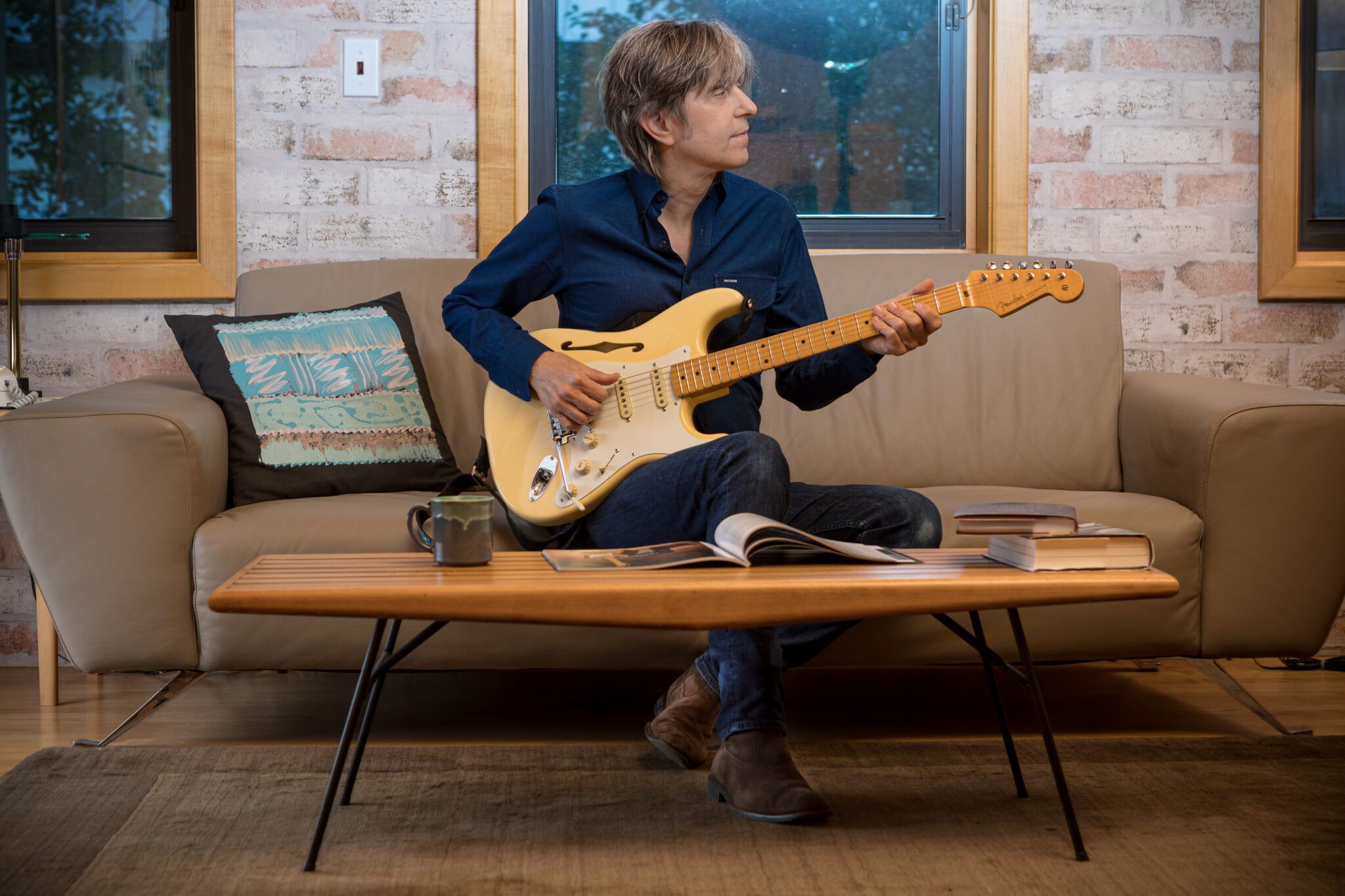
The Players
I love collaborating with other guitarists on special projects for helpful causes. I’m always trying to outdo myself with composing and guests on these records. All of the guest guitarists are seasoned instrumentalists as well, which makes it a perfect fit. So, I wanted to create an instrumental studio version of benefit projects like ARMS Charity Concerts envisioned by Ronnie Lane for researching multiple sclerosis. The concerts featured a star-studded line-up of British musicians, including Jimmy Page, Eric Clapton, Jeff Beck, Steve Winwood, Bill Wyman, Kenney Jones and Charlie Watts. The charitable efforts of Hear ‘n Aid by Dio for famine relief in Africa came to mind as well.
The two albums Brothers in Arms and Beyond the Warrior’s Eyes were recorded over the Pandemic, so I performed all of the bass parts, rhythm guitar parts, guitar melodies, keyboards and solos (other than the obvious guest solos). I used my longtime friend and session drummer Reggie Pryor. I am a stickler for detail, so the Pandemic gave me the opportunity not to rush and take my time to get sounds and tones correct. I first contacted each of the guests that I thought would make a good fit for the project.
Then once they agreed, I composed each track for that particular guests’ style. For instance, I spoke to Joe Satriani and he was very interested in contributing to the album. I composed something special for him and created “Speed of Sound.” I imagined a scene in the deserts of Iraq where the skies were blackened by a storm as American troops were lost in valley of death trying to get back to safety. I wanted to paint a feeling not only of great aggression but also a scene of desperation and dramatic emotions. Sure enough, Joe really liked the track and within two weeks he sent me back the final solo you here in the song.
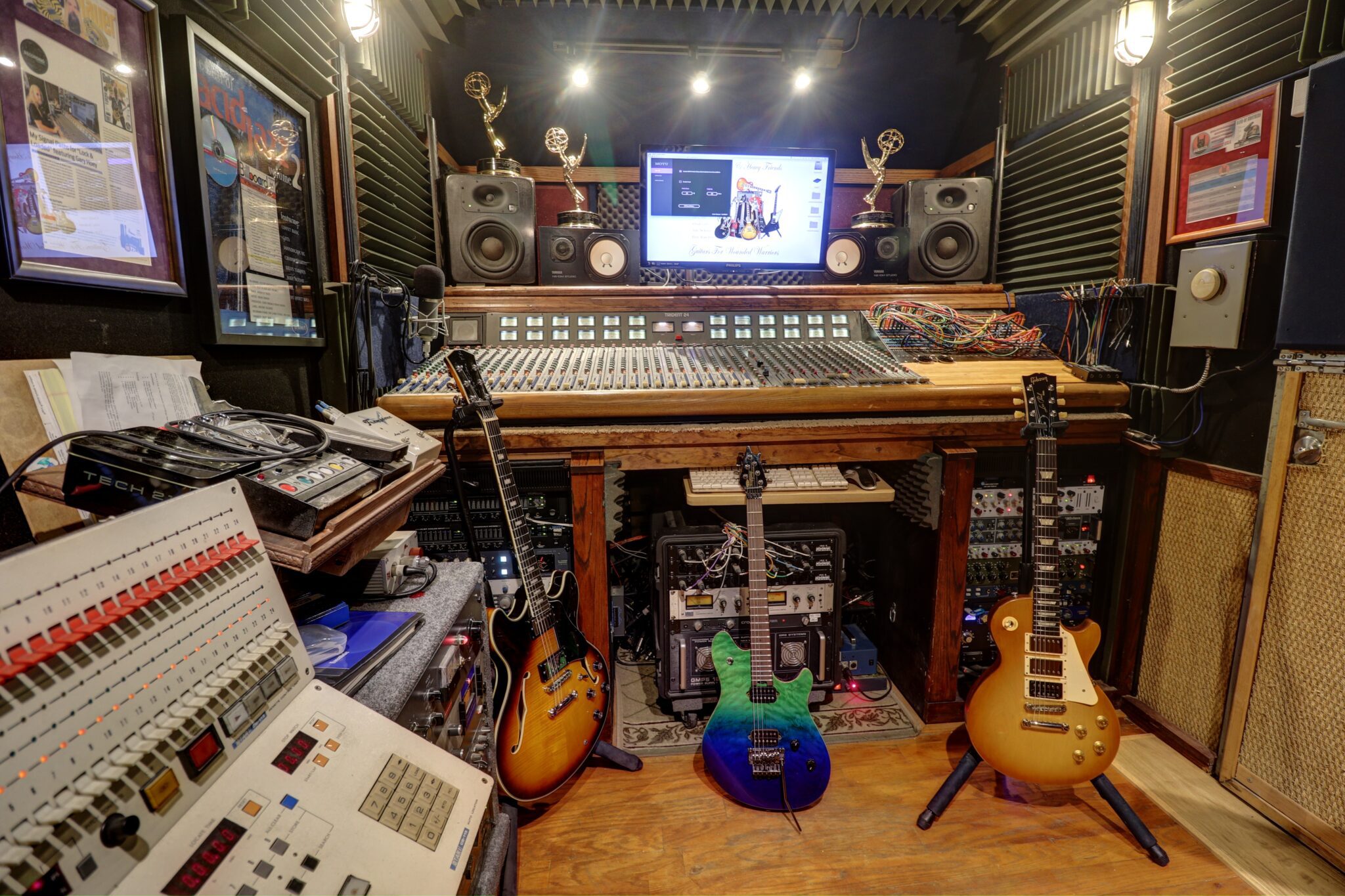
I took the same approach with the song “Luxor.” I initially composed it on the bass guitar before the Pandemic. Again I enlisted studio ace Reggie Pryor to record drums. We set up my Ludwig John Bonham drum set in a live room in my house in Florida. The opening riff (which repeats during the middle breakdown) was originally a bass riff, but I thought Ron “Bumblefoot” Thal could do justice to it on the guitar, as you hear on the final version. I was going for that classic Iron Maiden vibe from Powerslave.
I envisioned the ruins of the ancient Egyptian city of Thebes as the background for an epic battle. I wanted to evoke emotions of urgency and reciprocity of imposing forces, a theme of victory for American troops. I was very happy with Ron’s solo bits and performances, which completed my overall vision.
Another very interesting song was “Hounds of Hell” which I recruited a wonderful young guitarist from Germany named Johannes Weik from the band Son of a Bach. I discovered him a few years ago from the song “Bourrée,” which is fantastic combination of heavy metal guitar and classical music. The video is a gas! They dress up in the Baroque fashion, wigs and all—it is simply brilliant!
So, I sent him the song with a temp track of strings to solo on and Johannes didn’t disappoint—he performed a fantastic solo. I then hired the Budapest Orchestra to record the final string parts live in Europe. This was an elaborate process by getting proper orchestra charts and making sure all of the instruments are arranged correctly. Once they were recorded in Budapest, I had to fly all of the instruments into the final session and mix. It took some doing but I am extremely pleased with the final outcome.
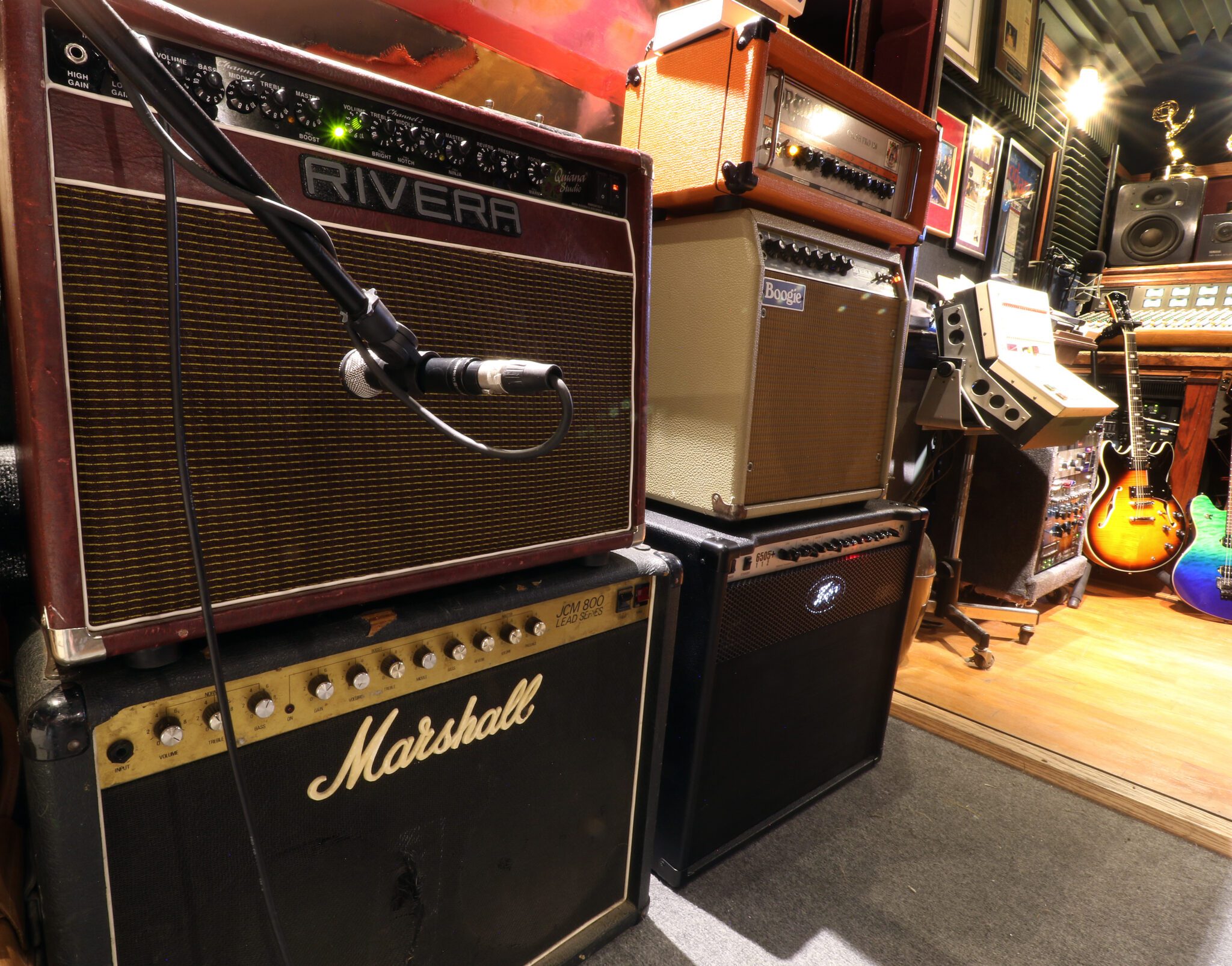
For the song “Beyond the Warrior’s Eyes” featuring Jean Luc Ponty I again knew his style and custom composed the song for him. At the time I was living near Woodstock NY during the height of the lock down, so I sent him the track virtually.
For this particular song I wanted to revive those glorious days when rock met jazz funk in the ‘70s on such classic albums as Jeff Beck’s Blow By Blow and Mahavishnu Orchestra’s The Inner Mounting Flame. In fact, there is another song featuring a former Mahavishnu violinist Steve Kindler entitled “A Soldier’s Journey” featuring The Budapest Orchestra as well. Steve was on the classic album Visions of the Emerald Beyond later replacing Jean Luc Ponty in the band and played with Jeff Beck and Jan Hammer.
I am also a fan of Eric Johnson’s guitar playing. I was turned on to him when I caught his show at the China Club in New York City in 1986 before anyone knew who he was in the music world. He was playing the “Cliffs of Dover” years before it became a huge radio hit. So I composed “The Gates of Valhalla” specifically for his style so he laid down his solo and it was received quite well.
When I compose each of these songs there is always a background scene in my mind I envision as the subject. This song in particular conjured up scenes of fallen warriors outside Valhalla, the Norse mythical “Hall of the Slain” in Asgard. There, the god Odin presides over all of the warriors who have died in combat waiting to rise again to help Odin fight against Jötunn.
One of the challenges recording instrumental music is to get the song across to the general public because there are no words or lyrics. I always like to make the music thematic, describing some sort of story to the listener. This helps a lot to keep their attention and interest in the song. I learned this craft during my contemporary jazz artist days, seeing how people reacted to my music, both radio music directors and listeners.
For instance, I worked in the studio with Larry Coryell right before his death on a charity album called Orlando in Heaven on three songs “Metropolis,” “Pulse 49” and “Tocar Modera.” It benefited the Catholic Charities of Central Florida, who provided case management and supportive services for victims and family members of the Pulse nightclub shooting in Orlando.
Larry was a great storyteller through his music as he explained when he first came to N.Y.C. in the 60’s. He was going up a six-floor hippie walkup in the village and he saw this book called You Are All Sanpaku, written by George Ohsawa. Sanpaku is a Japanese term meaning, “three whites” referring to eyes in which either the white space above or below the iris is revealed. The theory being when the “sclera” (the white part of the eye) is visible beneath the iris, it represents physical imbalance in the body.
Usually claimed to be present in people who have addictions to alcohol, drugs or people who over-consume sugar or grain. In short according to Ohsawa, Sanpaku is a sign from nature, that one’s life is threatened by an early and tragic end. He claimed that the only cure would be by a macrobiotic diet emphasizing brown rice and soybeans. One of Larry’s last albums was called Barefoot Man: Sanpaku (2016), musically evoking this story. Fantastic album and I urge everyone to listen to it!
The Studio & Recording
I consider an important aspect with these projects is the way I record. I use a lot of classic analog gear and use real tube guitar amplifiers. I have an array of guitars that I use to color each particular song. I look at all of these tools as using the whole crayon box of 120 colors. Each guitar, amp, preamp, mic, etc. is a certain crayon color to help enhance a song’s picture. I love working in the analog domain because it sounds just like the albums, I grew up with and nothing sounds like drums, guitar and bass on analog tape!
Now down to the nitty gritty of recording. I have a very unique mobile recording studio called Jungle Room Studios housed in a 28-foot custom made trailer. For me this is a dream because no matter where I go or move the studio stays exactly the same, no removing snakes and cables. I just use the main electrical hookups at the new site. I really designed it with The Rolling Stones Mobile in mind, where some of my favorite albums were recorded from Led Zeppelin to Deep Purple and beyond. I have a large breakout box in the front of the trailer so I can record live musicians and drums on site.
The trailer was designed in Southern California, equipped with two separate rooms, a live room and a control room with 10-foot ceiling heights. At the center of the studio is a modified 1986 Trident 24 Series 28 channel 24 bus w/TT patch bay housing a custom-made GMPS 18 Power Supply. I have everything running through the Trident mixer, including Pro Tools and Logic because it enables me to use the warmth of the Trident’s EQs, aux sends and effects from outboard gear.
I have all of the analog outboard gear hard wired into the Trident’s patch bay. For guitars I used the BAE 1073 Mic Pre with a 1084 EQ section for the microphones and then patched directly into the Otari MTR 90 - 24 track 2” Analog Tape Machine. Sometimes I would use the Trident’s built-in preamps as well, depending on the track. I would not compress going to tape, but during mixdown, I used the Rupert Neve 5043 Duo Compressor/Limiter on the rhythm guitar tracks and melodies.
Another favorite compressor is Chris Yetter’s Audio Scape 76A Compressor & Audio Scape 6386 EDITION V-COMP MU. So, I am using the best of both worlds, analog for warmth and digital for ease of editing. On top of that I recorded the final mixes down to a two track 1/4” Ampex 440c analog tape machine. All mastering was done right off of these reels at Airshow Mastering in Boulder, CO.
Amps
I used real tube guitar amplifiers on the recording of these albums, no “I Can’t Believe It’s Not Butter” amp simulator plug-ins. For example, 1969 Fender Super Reverb, Marshall Plexi Head with Mark Cameron Modified High Gain, 1984 Marshall JCM800 2x12 combo, 1979 Mesa Boogie Mark IIb 1x12 combo, Rivera Quiana Studio 1x12 combo, Fender Prosonic head, EVH 5150 III head, 1985 Mesa Boogie Mark III head and a Mesa Boogie SOB head.
I have an amp switcher that enables me to switch between any given amp head to any given speaker enclosure in a custom-made isolation booth I built in the studio. The booth contains a 1975 Marshall 4 x 12” cabinet with vintage Celestion 30s, 2014 Orange 2x12 cabinet with Vintage 30s and an Ampeg MICRO-CL Bass Stack.
Guitars
Guitar-wise, I used my 2020 Gibson Les Paul Standard Goldtop Triple Burstbucker pickups, 2020 EVH Striped Series Shark Burgundy, 2020 Fender Jimi Hendrix Stratocaster Signature, Sire Larry Carlton H7 335, 2019 Fender Jeff Beck Signature Strat, Gibson Midtown Standard with P90’s, 1997 Gibson Les Paul Custom Shop, 1978 Gibson Les Paul Goldtop Deluxe, 1983 Kramer Baretta super Strat, D’Angelico Premier DC Semi-Hollow, 1999 Guild Acoustic DCE 1 guitar with L.R. Baggs Dual Source Microphone pick-ups, 1998 Ovation Celebrity 12 string and an SG I hand-made over the Pandemic out of a mahogany wood block.
I installed a Whole Lotta pickup in the bridge position and a Pearly Gates in the neck position. It sounds fantastic, conjuring up those classic Jimmy Page tones on the track “Hounds of Hell”. As for basses I used a 1989 Yamaha Attitude, 2020 Custom Rickenbacker 4003 Bass and a 2012 Ibanez 8 String RGA8.
Pedals
As for pedals I used a Dunlop Univibe, Snarling Dogs Super Bawl Whine-O Wah, Snarling Dogs Mold Spore Wah, Morley Classic Wah, Dunlop Talkbox, Tech 21 YYZ Geddy Lee Signature SansAmp, Keeley Ibanez Tube Screamer TS 808, EVH MXR Phase 90, DigiTech Whammy Pedal.
Microphones
I would use the following microphones to record the amps, some in a live room and some in the amp booth: Beyerdynamics M160 Ribbon, Royer R101, SE Voodoo VR-1, Sennheisser 609, Electro Voice RE20 Cardioid Dynamic, Sennheiser MD-421, SE Z5600a II Tube Microphone, SE RT1-Ribbon Tube Microphone, AKG D112 Large Diaphragm Microphone. However, one of my favorites has always been the Beyerdynamics M160 Ribbon for amps for its clarity and durability. I have blown many a ribbon putting it in front of a Marshall cabinet.
Undertaking such large charity projects is certainly a challenge, but for me it has always been a labor of love. Having been an artist/composer/producer for 30-plus years I have been very fortunate in meeting and becoming comrades with many of my guitar heroes. I even have an NPR radio show called Guitar Trax on WFIT 89.5FM and WFIT.org in Florida, where I have interviewed many of the guitarists featured on these albums, which helped build our musical rapport. I try to be as transparent as possible and encourage people to donate directly to these organizations via their respective websites.
For these latest releases Brothers in Arms and Beyond the Warrior’s Eyes, it took me from 2019 to 2022 to complete them from start to finish, which I think in part was because of the Pandemic and subsequentially the lockdown globally. It’s was very difficult time for everyone in the world and how it affected everyone’s psyche moving forward especially younger children has been quite detrimental.
But I always believed that during such trying times the best way to overcome these difficulties is to be creative. Hence, I tried to put this time towards positive healing for a great cause as our veterans. There were times I would go into the studio at night and it was daylight when I let. But for me this is positive energy, used for a great cause!

